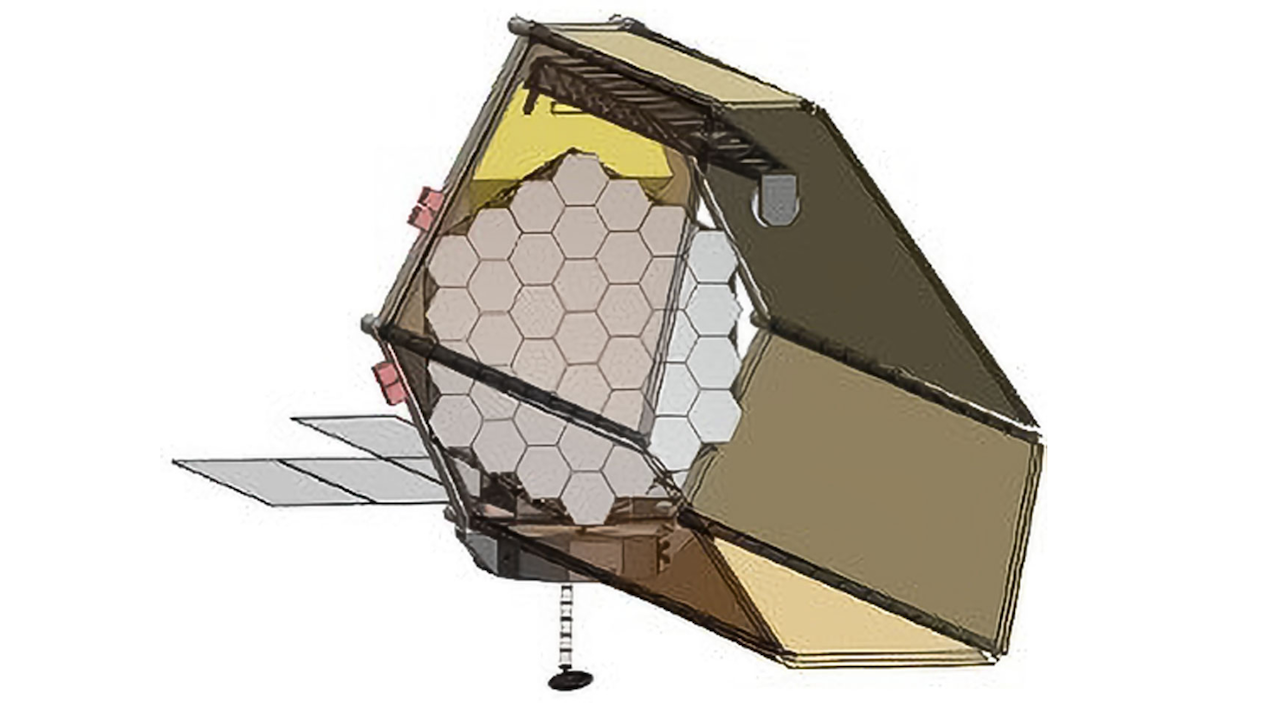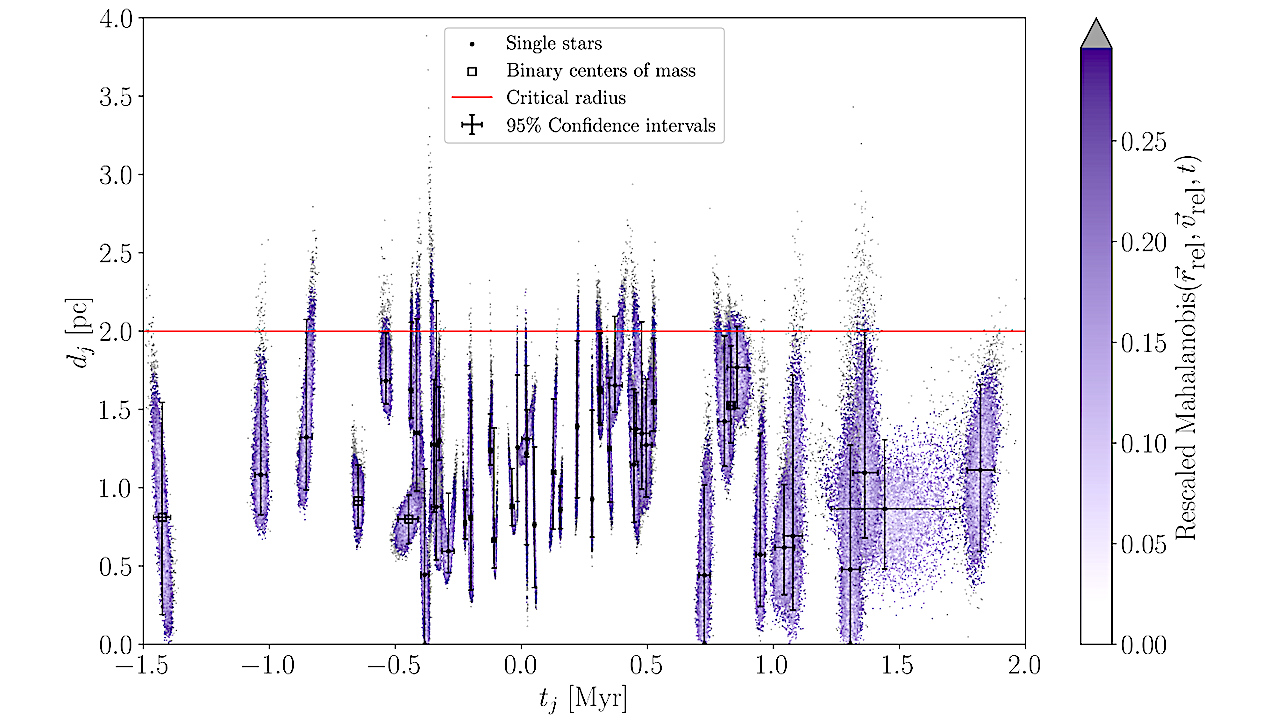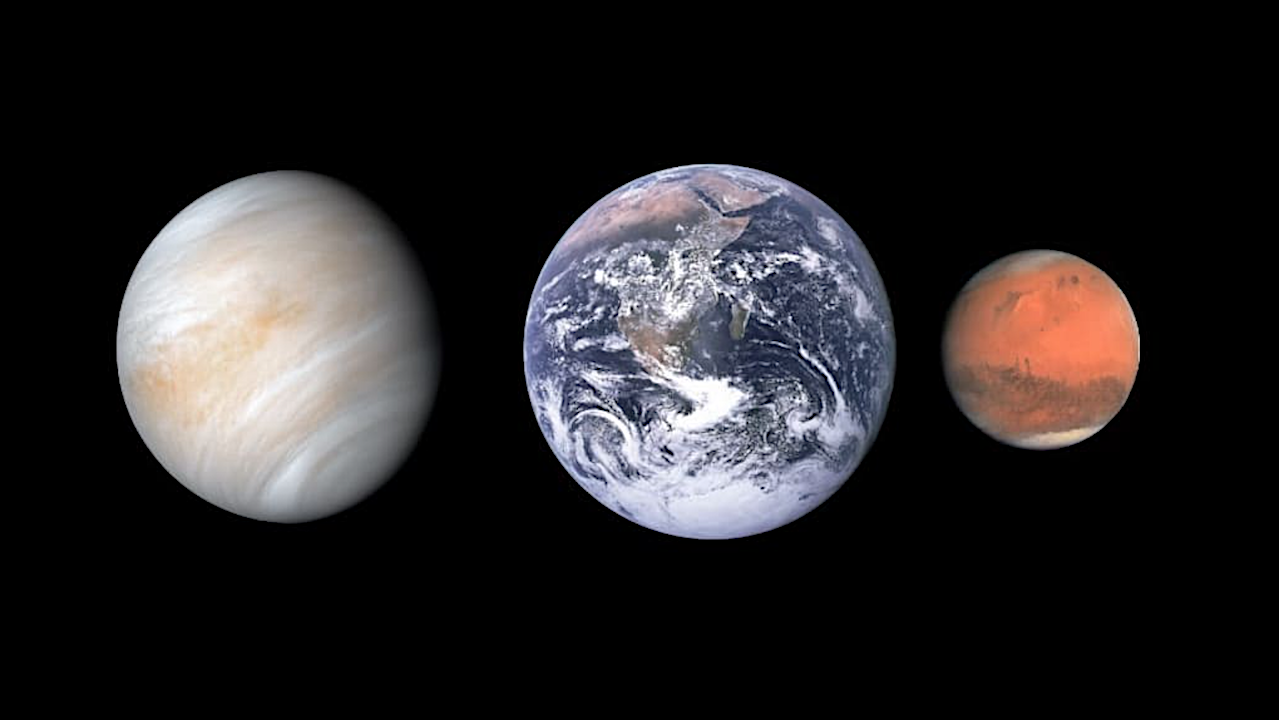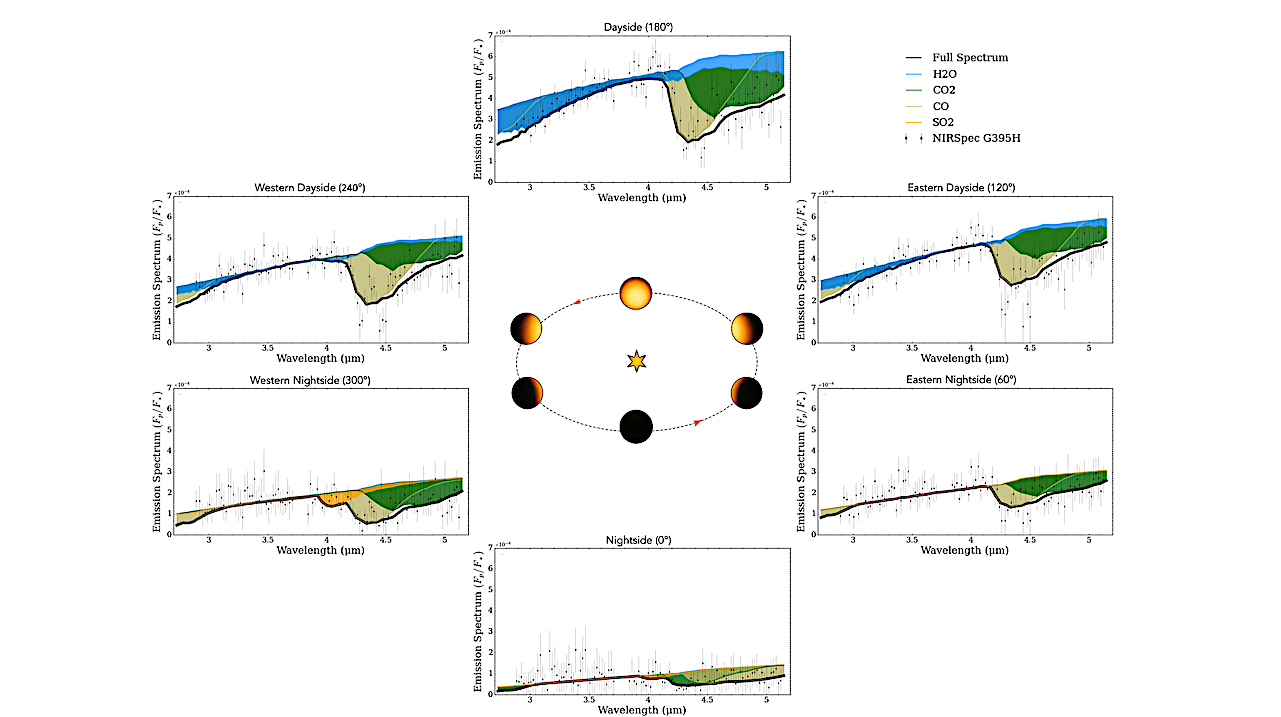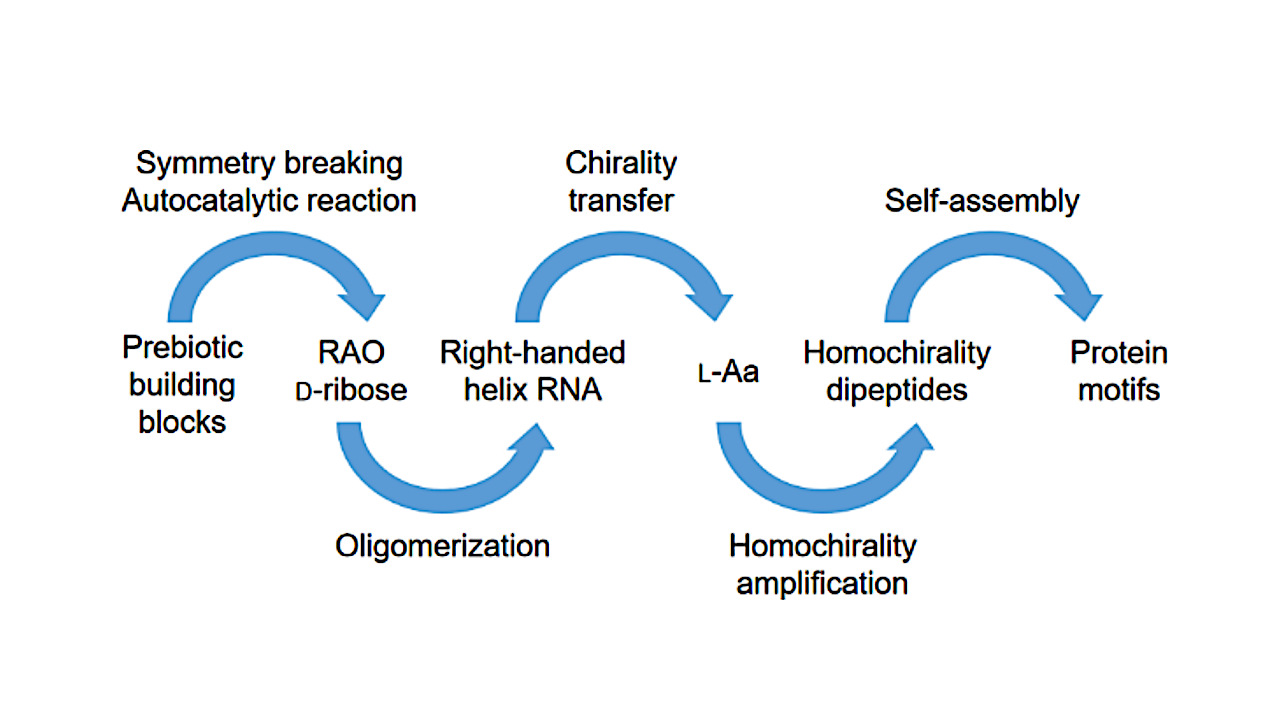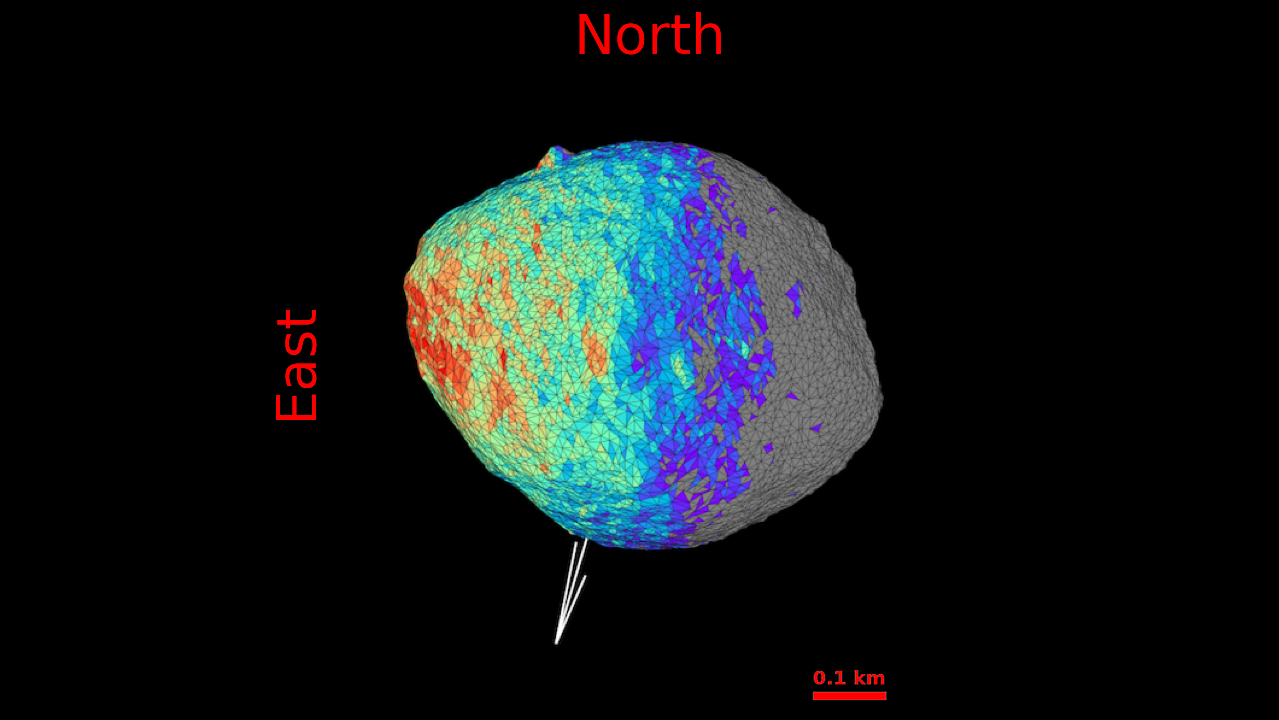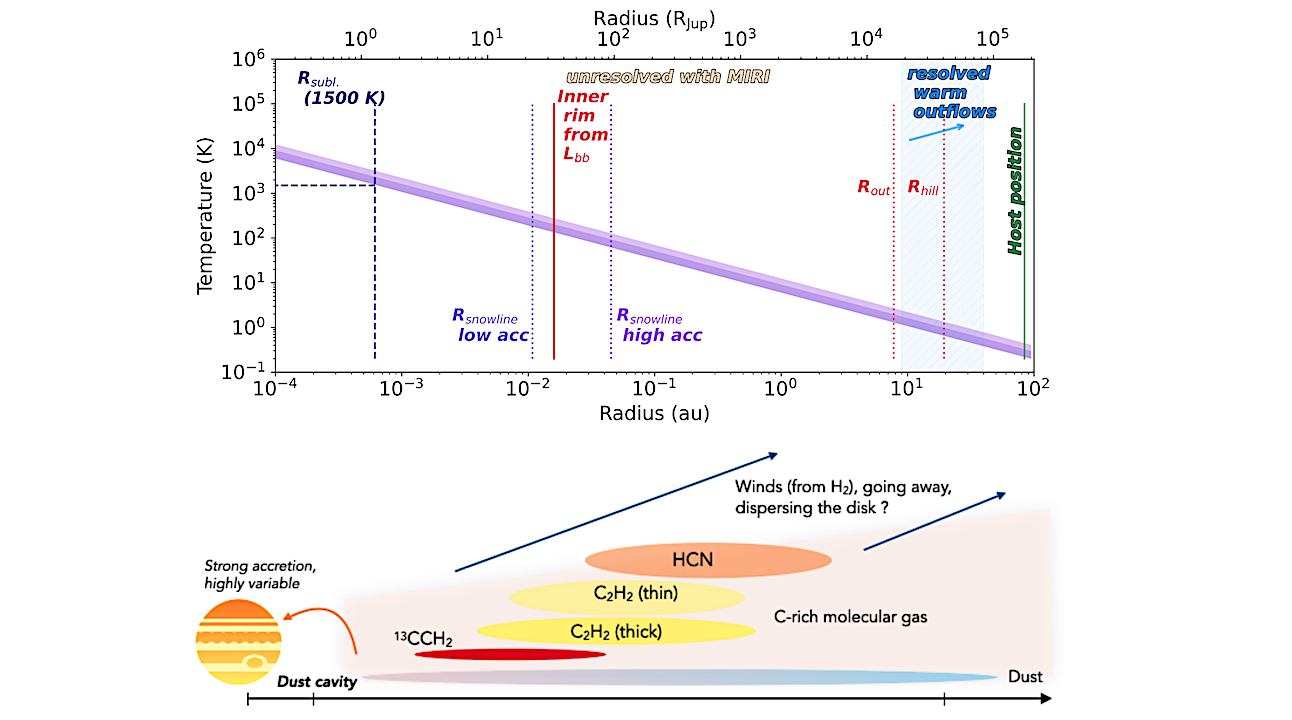Navigating Uncertainty in Astrobiology Virtual Panel Series Join us for the second event in a two-part virtual panel series featuring speakers who will share their experiences navigating astrobiology careers in
Astrobiology45- Page
Editor’s note: A message from JPL Director Dave Gallagher announced a JPL layoff of 550 people. “In order to best position JPL going forward, we are taking steps to restructure
A possible architecture for HWO under study by the HWO Technology Maturation Project Office. This design has an 8-meter inscribed diameter filled by 37 hexagonal segments — larger than JWST.
Distance versus time distributions for the 49 encounters with β Pic that have an empirical probability of at least 95% of occurring within 2 pc. The coloured points indicate the
Venus, Earth, and Mars — NASA Venus, Earth, and Mars exhibit a wide range of interactions between their deep interiors, surfaces, lower and upper atmospheres, and the Sun, with commensurate
Emission spectra and best-fit free retrieved models for all six phases. The spectral contributions of CO, CO2, H2O and SO2 abundances are shown in green, gold, blue and orange for
Carbonaceous chondrite – large individual of the Murchison Meteorite with fusion crust. FMNH Me 2640 (Field Museum of Natural History meteorite collection, Chicago, Illinois, USA). — Wikiedia Source In the
Biochemistry & Organic Chemistry Status Report chemrxiv.org October 13, 2025 Graphical Abstract — chemrxiv.org The origin of homochirality in biomolecules is a central problem in the study of the origin
Projected view of Bennu, generated with a ∼20,000-facet downsampled shape model, as seen from Earth on 15 September 2005 (phase angle of 61.9◦). — astro-ph.EP We present a web-based application
Schematic of the Delorme 1 AB b system: the planet and its CPD. Top: Temperature as a function of radius with both axes on a logarithmic scale. The upper and
-
 012024 in Review: Highlights from NASA in Silicon Valley
012024 in Review: Highlights from NASA in Silicon Valley -
 02Panasonic Leica Summilux DG 15mm f/1.7 ASPH review
02Panasonic Leica Summilux DG 15mm f/1.7 ASPH review -
 03From Polymerization-Enabled Folding and Assembly to Chemical Evolution: Key Processes for Emergence of Functional Polymers in the Origin of Life
03From Polymerization-Enabled Folding and Assembly to Chemical Evolution: Key Processes for Emergence of Functional Polymers in the Origin of Life -
 04How New NASA, India Earth Satellite NISAR Will See Earth
04How New NASA, India Earth Satellite NISAR Will See Earth -
 05And Thus Begins A New Year For Life On Earth
05And Thus Begins A New Year For Life On Earth -
 06Astronomy Activation Ambassadors: A New Era
06Astronomy Activation Ambassadors: A New Era -
07SpaceX launch surge helps set new global launch record in 2024




